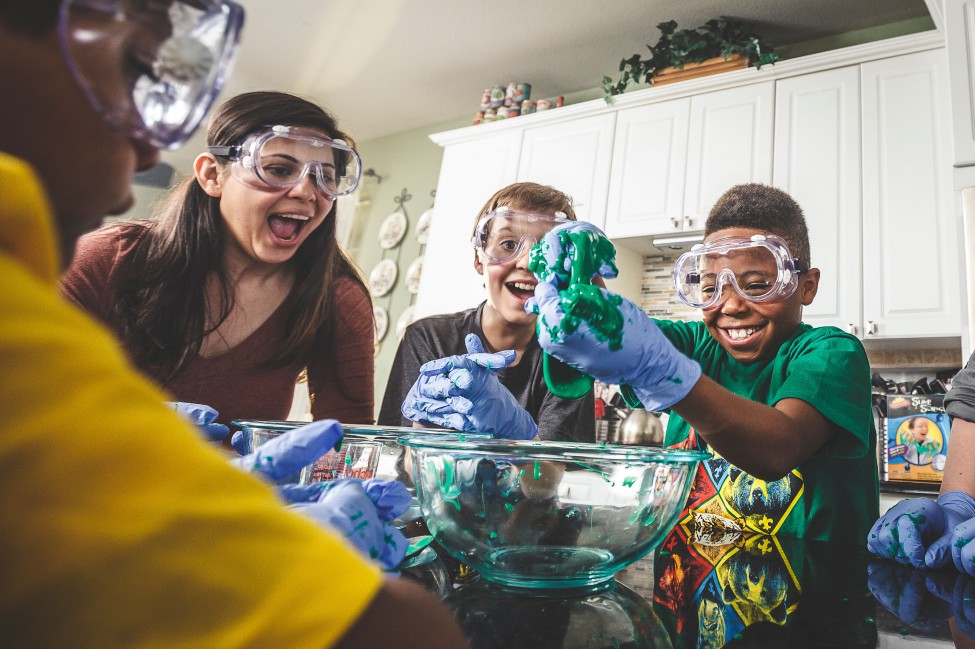
Inside the Mind of a Cub Scout
As the new Cub Scout program is already wowing Scouts across the country, leaders and volunteers are still engaged in the unending quest to identify what kinds of experiences kids crave (and need) to become well-rounded youth. That’s why we’re bringing you the first in a series of three Cub Scout personas. Soon to follow are the volunteer and unit leader personas, but this week, let’s take a look at the star of this show: the Cub Scout.
What is a Cub Scout Persona?
First, let’s define a persona. For the purposes here, this term is used to identify the emotional portrait of Cub Scouting members based on research and insights real life members have shared with us. These statements help the organization understand its members and how they feel about Cub Scouting. The personas presented in this series are developed using customer insight data from the Voice of the Scout, academic and published data, and third party research from YouthBeat, The Family Room, and Pew Research Center.
So here’s what our Cub Scout persona, the voice of your typical Cub Scout, has to say:
“For me, play and having fun with my friends is what matters most1.”
Cub Scout-age boys thirst for adventure and are looking for opportunities to be among friends and have fun. This could be through indoor exploration, like STEM-themed experiments, but boys of this age prefer outdoor adventures, like launching rockets at day camp.
“Making progress and getting feedback that I’m doing a good job makes me feel confident and ready to face the next challenge2.”
Structured fun is the name of the game for Cub Scouts. These kids crave freeform play with adult guidance and supervision. This takes shape in the form of adult leaders providing instruction and encouragement, while allowing boys room to make mistakes.
“My parent’s opinion matters, because my parents are the most important thing to me3.”
While Cub Scouts desire independence and time with friends, they also like having parents nearby. Activities that allow for parent volunteers fit within this need for supportive, fun experiences.
How Does Scouting Meet These Needs?
Now that you’ve read research showing Cub Scout-age kids get excited for structured, guided, and unadulterated fun, how do you think the Cub Scout program fits the bill? What can adult leaders do to ensure youth get these kinds of experiences in Cub Scouting?
1. YouthBeat asked kids grades 1-4 what they liked best about being their age. Playing (38%) and “having fun” (21%) were ranked highest. Source: YouthBeat Yearbook, 2012. The National Institute of Play taps into research from scholars like M. Iacaboni to emphasize the importance of, and interest in social play for school-aged children.
2. According to YouthBeat, kids ages 6-10 have the following needs: “demonstrate competency by getting the rules right.” Source: YouthBeat Yearbook, 2012.
3. According to the Fall 2013 VOS Cub Scout Survey, 94% of cub scouts agree “A family member does Cub Scout activities with me.” Source: Fall 2013 VOS Cub Scout Survey.



